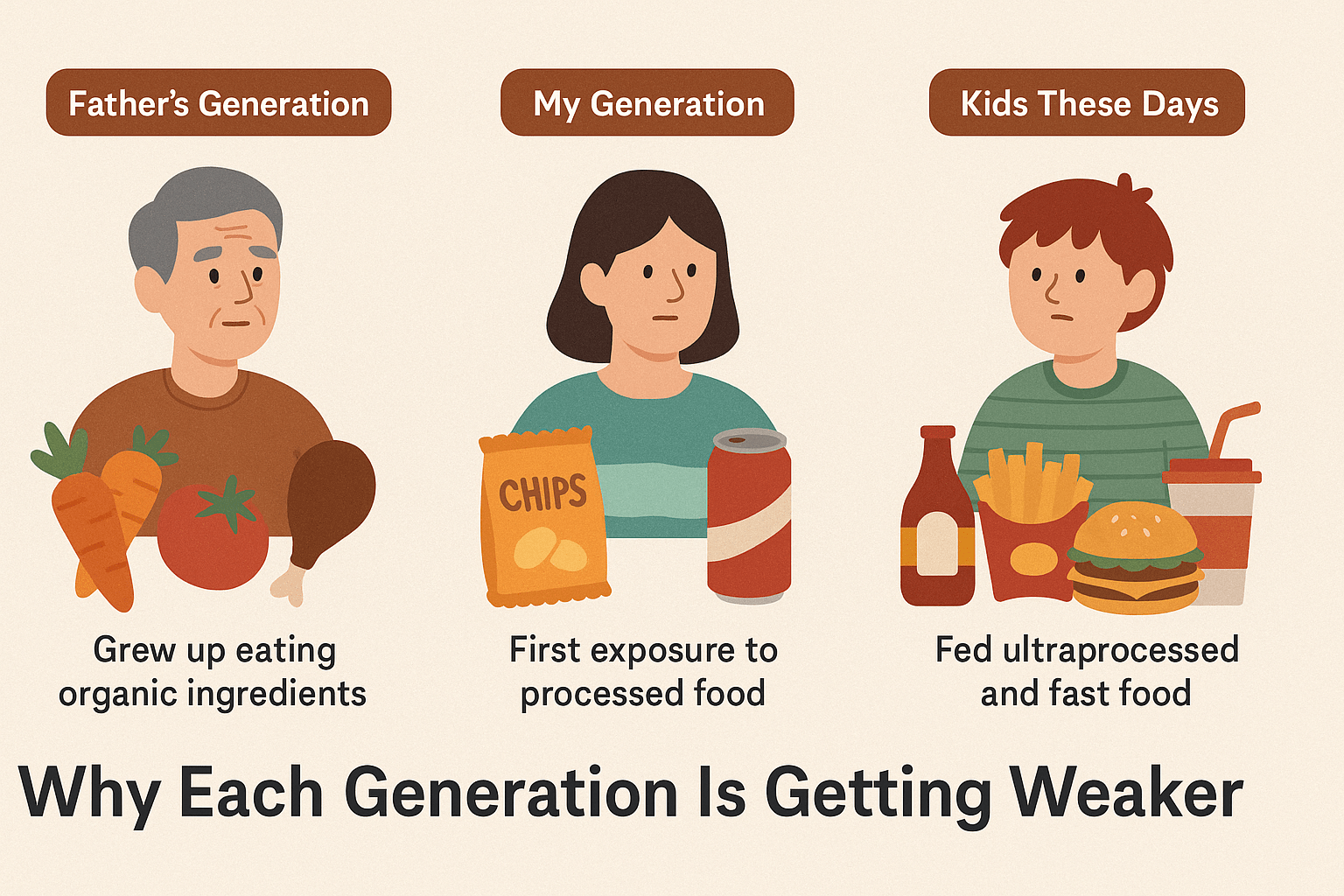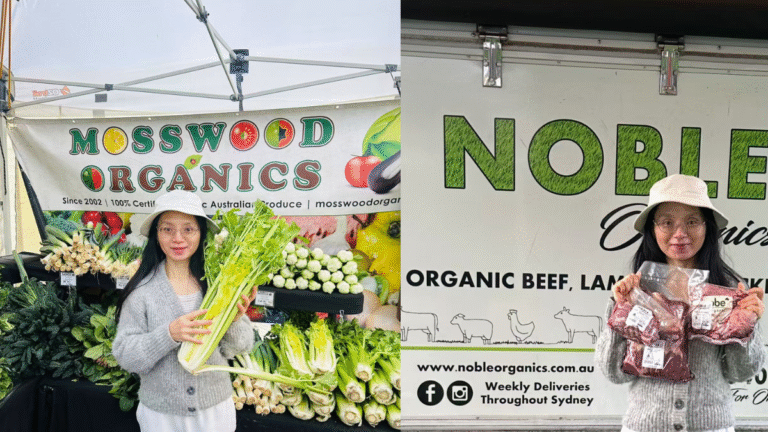What’s Really Driving the Fertility Crisis — and the IVF Boom?
In a headline-making moment, Monash IVF CEO Michael Knaap has resigned — just two days after the company confirmed its second case of an embryo transfer mix-up in Melbourne. Earlier in April, a Brisbane woman gave birth to a child with no genetic link to her, following another embryo identification error.
These cases have rattled public trust in IVF clinics. But what struck me even more was this:
Over 100,000 IVF cycles were performed in Australia last year.
That’s one of the highest per capita rates in the world.
So why are so many people turning to IVF?
What’s Fueling the Fertility Crisis?
We are constantly exposed to endocrine-disrupting chemicals (EDCs) in our daily lives — and research is piling up showing their serious impact on reproductive health.
Here’s what we now know:
📌 BPA (Bisphenol A)
- Found in plastics, canned food linings, and receipts
- Linked to lower sperm count, anovulation, miscarriage, and poorer IVF outcomes
- Studies have shown BPA levels are significantly higher in women with PCOS and endometriosis
(Ziv-Gal & Flaws, 2016; PMC6425478)
📌 Phthalates
- Found in personal care products, food packaging, and vinyl
- Associated with reduced sperm motility and abnormal morphology
- Linked to early pregnancy loss and reduced egg reserve in women
- Present in over 99% of urine samples tested in recent population studies
(Hauser et al., EARTH Study)
📌 Air Pollution
- A 2024 study published in The BMJ found that:
- Men exposed to high levels of PM2.5 air pollution had a 24% higher risk of infertility
- Women over 35 exposed to traffic noise had a 14% higher risk
(University of Melbourne summary)
- Another review (PMC6396757) linked even short-term exposure to poor air quality to a 2.6x higher risk of miscarriage
Why Is the IVF Industry Booming?
While infertility is on the rise, the IVF industry is thriving — and here’s why:
- Delayed parenthood: People are choosing to have kids later in life, when fertility naturally declines.
- Wider access: IVF is no longer taboo. Medicare rebates in Australia and more clinics make it easier than ever to access.
- Same-sex couples and solo parents are now a growing part of IVF patients.
- Improved success rates: Thanks to embryo freezing, PGT testing, and advanced lab conditions.
- It’s big business: IVF is now a global, multi-billion-dollar industry, with aggressive marketing and “fertility tourism” on the rise.
What Can You Do? Start with Safer Choices
Fertility isn’t just about age or hormones. It’s about what your body is exposed to every single day — and the little choices you make can add up to a big difference.
One of the easiest places to start?
💧 Switch to BPA-Free Stainless Steel Drink Bottles
Plastic bottles — even the so-called “safe” ones — often contain endocrine-disrupting chemicals like BPA or phthalates that can leach into your water and disrupt your hormones.
At AdoreEco, we offer BPA-free, reusable stainless steel bottles that are not only better for your body but also better for the planet.
They’re:
- Durable and stylish
- Free from harmful chemicals
- Customisable for eco-conscious brands
Whether you’re reducing daily exposure to toxins or promoting healthy living through your brand, a high-quality stainless steel bottle is a great step in the right direction.



